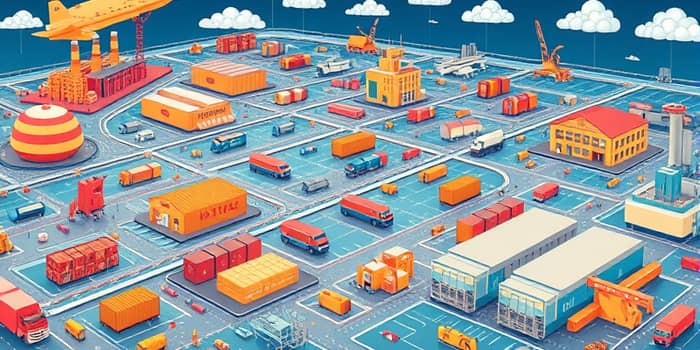
Global disruptions and volatile markets are reshaping how firms secure materials, manufacture products, and reach customers. In 2024–2025, more companies are turning inward, reclaiming critical steps in their supply chains to bolster reliability and control.
Over the past five years, firms have faced geopolitical tensions and pandemic upheaval that fractured established networks. Semiconductor shortages, shipping bottlenecks, and rapid demand swings exposed the fragility of multi-tiered, globally distributed supply networks.
Unpredictable lead times and surging costs from third parties revealed hidden vulnerabilities. As a result, companies suffered both financial losses and reputational damage when they couldn’t deliver on promises.
These factors drove firms to reconsider transaction costs, exploitation risks, and partner unreliability, making market-based procurement less viable, especially for critical, time-sensitive components.
Vertical integration involves owning multiple stages of production and distribution. By bringing key activities in-house, firms seek to minimize external dependencies and maximize coordination.
There are three primary forms:
Corporations integrating vertically report clear benefits across cost, resilience, and innovation metrics. A 2024 McKinsey analysis found that manufacturers sourcing inputs internally outperformed peers by as much as 15% in cost efficiency.
Key advantages include:
Modern technologies have made vertical integration more practical and efficient. Companies are implementing real-time tracking, automated warehouses, and blockchain-based provenance systems to enhance transparency.
AI-driven forecasting and IoT sensor networks enable rapid response to shifting demand and potential disruptions, while automated production lines reduce labor errors and speed up throughput.
Despite clear benefits, vertical integration carries significant hurdles. The most pressing include:
Executives must conduct thorough risk assessments, weighing the long-term value creation against capital outlays, potential miscoordination, and market power shifts.
Vertical integration can accelerate sustainability goals by enforcing uniform environmental standards, optimizing regional production, and cutting shipping emissions. For example, integrated firms can track carbon footprints across every stage of manufacture.
However, centralization also concentrates risk: a single failure in an integrated network—be it a plant shutdown or cyberattack—can cascade across the entire value chain.
As global uncertainty persists, vertical integration will remain high on boardroom agendas. Growth in regulatory demands for transparency and shifting trade alliances will further incentivize control over critical assets.
Technology will lower traditional barriers, allowing midsize companies to integrate key processes using modular automation and cloud-based management platforms. Still, organizational complexity and cultural shifts will be the greatest tests.
Leaders must balance control with flexibility, ensuring that integrated structures can adapt to future shocks and evolving market dynamics. Those who succeed will likely set new benchmarks for cost efficiency, innovation speed, and sustainable practices in a volatile world.
References













